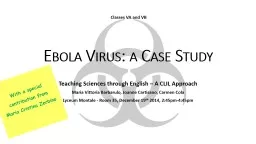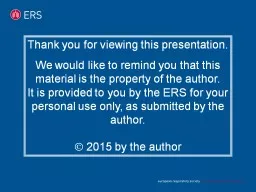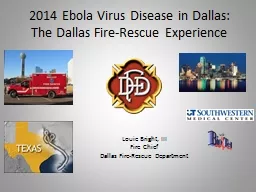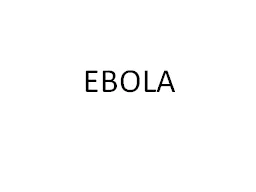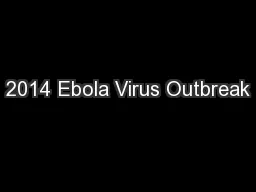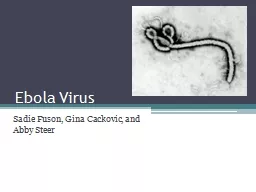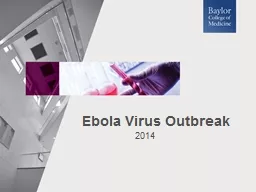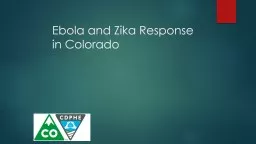PPT-Ebola Virus: a Case Study
Author : victoria | Published Date : 2022-06-14
Teaching Sciences through English A CLIL Approach Maria Vittoria Barbarulo Joanne Cartisano Carmen Cola Lyceum Montale Room 35 December 2014 January 2015
Presentation Embed Code
Download Presentation
Download Presentation The PPT/PDF document "Ebola Virus: a Case Study" is the property of its rightful owner. Permission is granted to download and print the materials on this website for personal, non-commercial use only, and to display it on your personal computer provided you do not modify the materials and that you retain all copyright notices contained in the materials. By downloading content from our website, you accept the terms of this agreement.
Ebola Virus: a Case Study: Transcript
Download Rules Of Document
"Ebola Virus: a Case Study"The content belongs to its owner. You may download and print it for personal use, without modification, and keep all copyright notices. By downloading, you agree to these terms.
Related Documents

